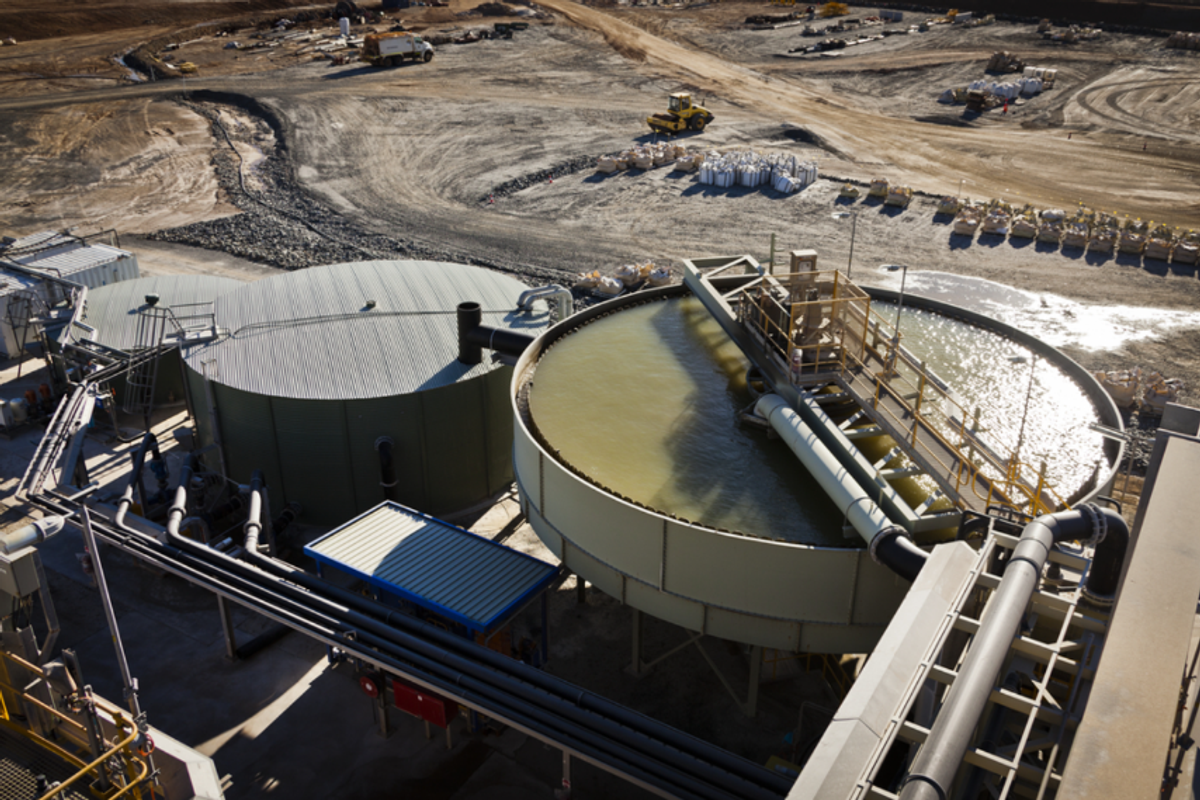
Canada must ramp up domestic supply of lithium. In this regard, Saskatchewan has considerable potential for both investment and development.
As a core component in rechargeable batteries, lithium has an essential part to play in Canada's transition to clean energy.
However, with this demand comes an inherent issue. As demand for lithium continues to soar, it's expected to eclipse supply by the end of 2022.
For the time being, the world's largest lithium producers are Australia, Chile and China. Recent years have demonstrated why this is untenable, as regional instability and geopolitical tensions can easily interrupt Canada's supply of this critical mineral. Simply put, if the country is to fulfill its commitment to net-zero emissions by 2050, it cannot keep playing catch-up in the global lithium market.
Fields of white gold
As the top mining jurisdiction in Canada and the second most attractive worldwide, Saskatchewan's burgeoning lithium-mining industry has a great deal going for it.
Chief among these advantages is the region's considerable positive geological qualities. In addition to housing deposits for 23 of Canada's 31 critical minerals, Saskatchewan's lithium formations are typically closer to the surface than comparable deposits found in neighboring Alberta. This is best exemplified by the region's Duperow Formation.
The Duperow Formation is a regionally extensive reservoir with aquifer support that is laterally equivalent to Alberta's Leduc Formation. It is estimated to contain both considerably lower concentrations of hydrogen sulfide and significantly higher grades of lithium than the Leduc. Because this lithium occurs at a comparatively shallower drill depth, it is an ideal candidate for direct lithium extraction with potential margins nearly double that of hard-rock extraction.
Geology is not the only factor that makes Saskatchewan an ideal jurisdiction for lithium investment. Thanks to its oil and gas industry, the province houses extensive pre-existing mining and transportation infrastructure, with a highly skilled workforce and the capacity for low-cost resource delineation. It also benefits from strong governmental support for lithium production, including policies and regulations that encourage exploration and development.
From the perspective of international investment, it's also worth noting that lithium's status as a critical mineral means tax incentives for mining companies, driving considerable value for businesses, investors and shareholders alike.A sector brimming with potential
A number of mining companies are currently engaged in lithium exploration, development and extraction in Saskatchewan; however, relatively few are publicly traded.
EMP Metals (CSE:EMPS) is one of the few that is on the market, representing an incredibly strong opportunity for investors. Backed by a team with deep resource experience and with a focus on green energy, it could be a strong investment opportunity for anyone looking to get involved with Saskatchewan's lithium industry.
EMP holds a high-impact strategic land package that comprises 212,633 acres split between three projects. This package includes 15 wellbores from historical surveying and recovery efforts, infrastructure that has the potential to further reduce development costs. The company also has numerous private land acquisition initiatives underway at the moment, while exploration and discovery efforts on its currently held properties show great promise.
“Lithium testing on a vertical wellbore on the Mansur property has confirmed high flow rates and brine concentrations of up to 86 to 96.3 milligrams per liter," explained Rob Gamley, CEO, president and director at EMP Metals. "This indicates significantly higher grades of lithium being discovered in Saskatchewan’s Duperow Formation versus the Leduc Formation in Alberta."
LithiumBank Resources (TSXV:LBNK,OTC Pink:LBNKF) is another major player in Western Canada's lithium sector, holding 2.82 million acres of mineral titles in Alberta and another 326,000 in Saskatchewan. Like EMP Metals, LithiumBank's primary focus is on low-impact, lithium-enriched brine projects that leverage direct lithium extraction. There are over 500 wells on the company's existing claims.
Lithium aside, Saskatchewan also has enormous uranium production potential. Covering roughly 100,000 square kilometers in Northern Alberta and Saskatchewan, the Athabasca Basin is known for the largest, highest-grade uranium deposits in the world. Baselode Energy (TSXV:FIND,OTCQB:BSENF), Fortune Bay (TSXV:FOR,OTC Pink:FTBYF), Okapi Resources (ASX:OKR,OTCQB:OKPRF) and Cameco (TSX:CCO,NYSE:CCJ) are just a few of the major mining companies operating in this sector.Takeaway
Saskatchewan is home to a highly supportive government and is a globally recognized, low-risk jurisdiction with extensive pre-existing infrastructure and a surplus of skilled labor. Lithium deposits in formations such as Duperow and Red River are at a shallower depth than comparable reserves in Alberta, making the region an ideal target for mining investment, with quick production times and geology that's well-suited for direct lithium extraction.
With all of this in its favor, the province may soon play a large role in Canada's growing lithium supply chain, and companies such as EMP Metals could be pivotal in meeting spikes in both price and demand. The presence of other thriving markets such as uranium only further heightens Saskatchewan's potential for investors.
This INNSpired article is sponsored by EMP Metals (CSE:EMPS). This INNSpired article provides information which was sourced by the Investing News Network (INN) and approved by EMP Metals in order to help investors learn more about the company. EMP Metals is a client of INN. The company’s campaign fees pay for INN to create and update this INNSpired article.
This INNSpired article was written according to INN editorial standards to educate investors.
INN does not provide investment advice and the information on this profile should not be considered a recommendation to buy or sell any security. INN does not endorse or recommend the business, products, services or securities of any company profiled.
The information contained here is for information purposes only and is not to be construed as an offer or solicitation for the sale or purchase of securities. Readers should conduct their own research for all information publicly available concerning the company. Prior to making any investment decision, it is recommended that readers consult directly with EMP Metals and seek advice from a qualified investment advisor.





